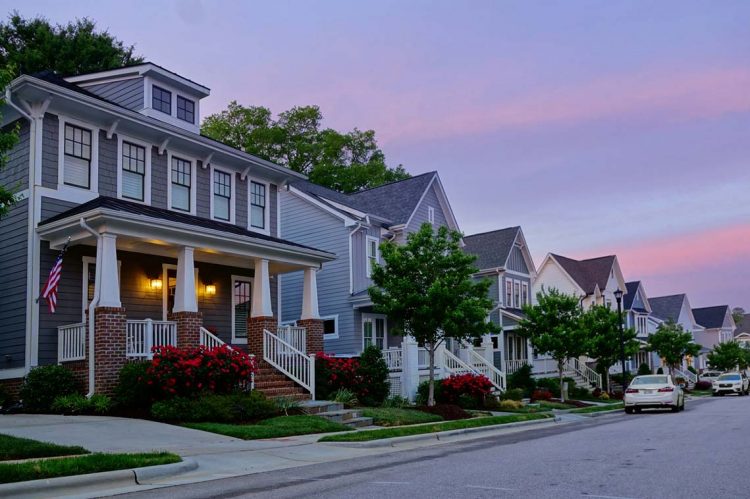The U.S. housing market has transformed significantly. Not only is inventory nearly half of what it was just two years ago, but prices have risen by one-third and continue to climb. Further, rents have gone up by hundreds of dollars monthly. Zillow’s latest market report quantifies all these market shifts but also shows that despite all this, demand remains high.
Key findings:
- There are roughly 730,000 houses currently for sale in the U.S., compared to 1.4 million in February 2020.
- Total inventory in February is 11.9% lower than in January.
- Listings are getting scooped up in just 11 days, six days faster than in February 2021 and a full 25 days faster than in 2020.
- Of the 50 largest U.S. metros, those with the largest inventory deficit since 2020 are Raleigh (-69.7%), Hartford (-63%), Providence (-61.8%) and Miami (-61%). Those seeing the smallest decrease are San Francisco (-7.8%), San Jose (-17.9%) and Austin (-26.9%).
- The typical U.S. home value is now $331,533, up 32.4%, or $81,000, compared to February 2020, and is 20.3% higher than last year. February 2020 presented a much more standard 3.7% annual growth.
- Prices are rising at an accelerated rate, with appreciation up 1.6% month-over-month.
- Zillow economists expect annual home value growth to continue to accelerate through the spring, peaking at 22% in May before gradually slowing to 17.8% by February 2023. Sales in 2022 are forecast to rise 4.8% above those in 2021, which was the best year for sales since 2006.
- More homes transacted last month than in either February 2019 or February 2020, though sales are 11% lower than in 2021. Sales generally slow through March before taking off in April, and the data shows that now.
- Rent prices shot up 1.1% from last month and 17% from last year. Typical rent across the U.S. is now $1,883 per month, $283 per month higher than in February 2020.
The takeaway:
“We’ve seen strong demand for homes and prices rising at previously unfathomable rates. A wave of millennial and baby boomer buyers have depleted housing inventory that was never really replenished following the Great Recession,” said Zillow economist Nicole Bachaud.
She added, “Builders are working feverishly to get new construction and move-in ready homes on the market, but it’s going to take time for inventory to rise enough to curb runaway price growth. Homeowners may be worried about rising interest rates, since they make a new mortgage considerably more expensive. But many of them are sitting on a large sum of equity that could sway them to get off the fence, bringing new inventory to the market this spring.”












